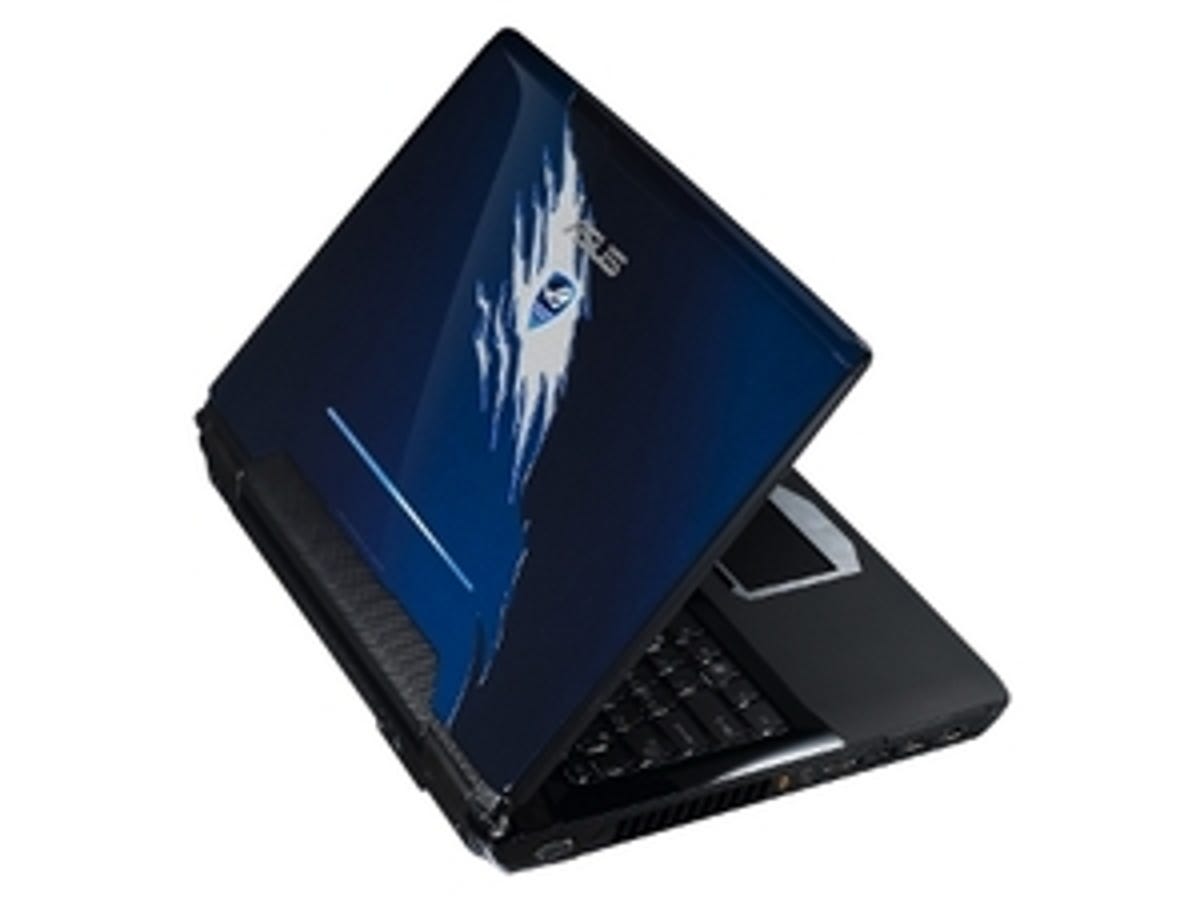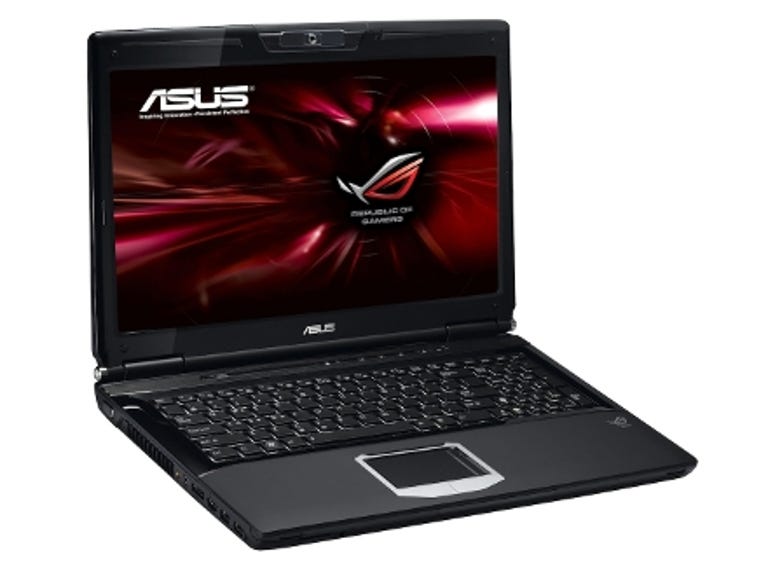 Why You Can Trust CNET
Why You Can Trust CNET Asus G60J review: Asus G60J
Packing a quad-core Intel Core i7 CPU, the 16-inch G60J gaming laptop rockets along at a speed that puts greased lightning to shame. It's a pity the screen isn't of a higher resolution, but the G60J is hard to fault otherwise, making light work of even the most demanding 3D games
Asus' 'Republic of Gamers' brand of laptops has been around for a while now, and the company really impressed with the king-size, 18.4-inch W90 earlier this year. The new, 16-inch G60J has more manageable proportions, but Asus hasn't skimped on performance. Inside is a new Intel Core i7 processor that promises to make this £1,700 machine one of the fastest laptops we've ever seen.
The Good
The Bad
The Bottom Line
Restrained design
Style often takes a back seat with gaming laptops. It's not that such bulky machines can't be good-looking, but rather that manufacturers seem to think brash designs are what sell in this market. Thankfully, Asus has shown some restraint with the G60J and, while it apparently has a robot-inspired design, this equates to little more than a few angular edges on the inside of the case.
On the outside, the G60J is just a big slab of laptop, measuring 375 by 41 by 265mm, and weighing 3.3kg. This isn't enough to worry anyone who wants to lug it around LAN parties though, and its relatively compact footprint means it fits easily into a standard 17-inch laptop bag.
The lid is the only part of the G60J that's received any decoration. The glossy, two-tone blue plastic on our model, complete with a small, glowing Republic of Gamers shield, is quite agreeable. We're less convinced about the black and white chequered pattern -- from a distance, it looks like an unsightly scrape in the paintwork.

The G60J is much more restrained inside, although we could do without the brushed aluminium surrounding the trackpad. We like the use of rubberised plastic for the wide wrist rest, though. It doesn't get too sweaty under the wrists in long gaming sessions, nor does it show greasy fingermarks.
The keyboard is full-size, with large, well-spaced, chiclet-style keys, but the separate numeric keypad is slightly narrower than normal to fit into the available space. The keyboard is solid and very comfortable to use, but there's rather too much flex in the middle. The keyboard is also backlit, which is a welcome touch on a laptop that's likely to be used in dimly lit rooms, but we doubt many gamers will aided by the direction arrows on the W, A, S and D keys.
In many cases, 16-inch screens offer the same resolution as 15-inch ones, so the only real benefit of the extra inch is that everything appears slightly bigger. This is certainly the case with the G60J's display, which has a relatively low resolution, for a high-end gaming laptop, of 1,366x768 pixels. The screen is as crisp and vibrant as any glossy display we've seen, but it's a shame that its top corners are obscured by the angular shape of the bezel. It only covers a few pixels on either side, but it really shouldn't be covering any at all.
Breathtaking speed
The G60J's Core i7-820QM is a quad-core chip. Don't be deceived by its measly 1.73GHz clock speed. Intel's on-chip Turbo Boost technology constantly monitors processor load, power consumption, temperature and so on, and will automatically overclock the cores if it reckons it's safe to do so. As a result, the Core i7-820QM can be cranked up to 3.06GHz, although this only applies to one core -- it isn't safe to run all four at this speed.
The result is breathtaking performance. In fact, the G60J is one of the fastest laptops we've ever tested. Its PCMark05 benchmark score of 7,891 is bettered only by that of the quad-core Alienware M17x, which scored 8,724.
It's the same story with 3D graphics. The Nvidia GeForce GTX 260M chipset resulted in a dazzling score of 12,019 in 3DMark06. This isn't quite as high as that of the M17x or a couple of other very expensive laptops, but it's enough to put the G60J among the top five gaming laptops. In real terms, it means that it can easily run current DirectX 10 games with medium to high detail settings, at the screen's native resolution.
Last, and very much least, we have battery life. That a laptop like this has enough juice to last while you move it between mains sockets should be considered a blessing, but a battery life of 50 minutes in Battery Eater's demanding Classic test means you won't have to hurry with the G60J. In the less intensive Reader's test, the battery lasted for a pretty feeble 1 hour and 18 minutes.
Conclusion
The Asus G60J may lack a brash design, but it packs more than enough punch to make light work of even the most demanding 3D games, not to mention any other applications. The only weak spot is the comparatively low-resolution screen. That may deter gamers looking for a no-compromise machine.
Edited by Charles Kloet
